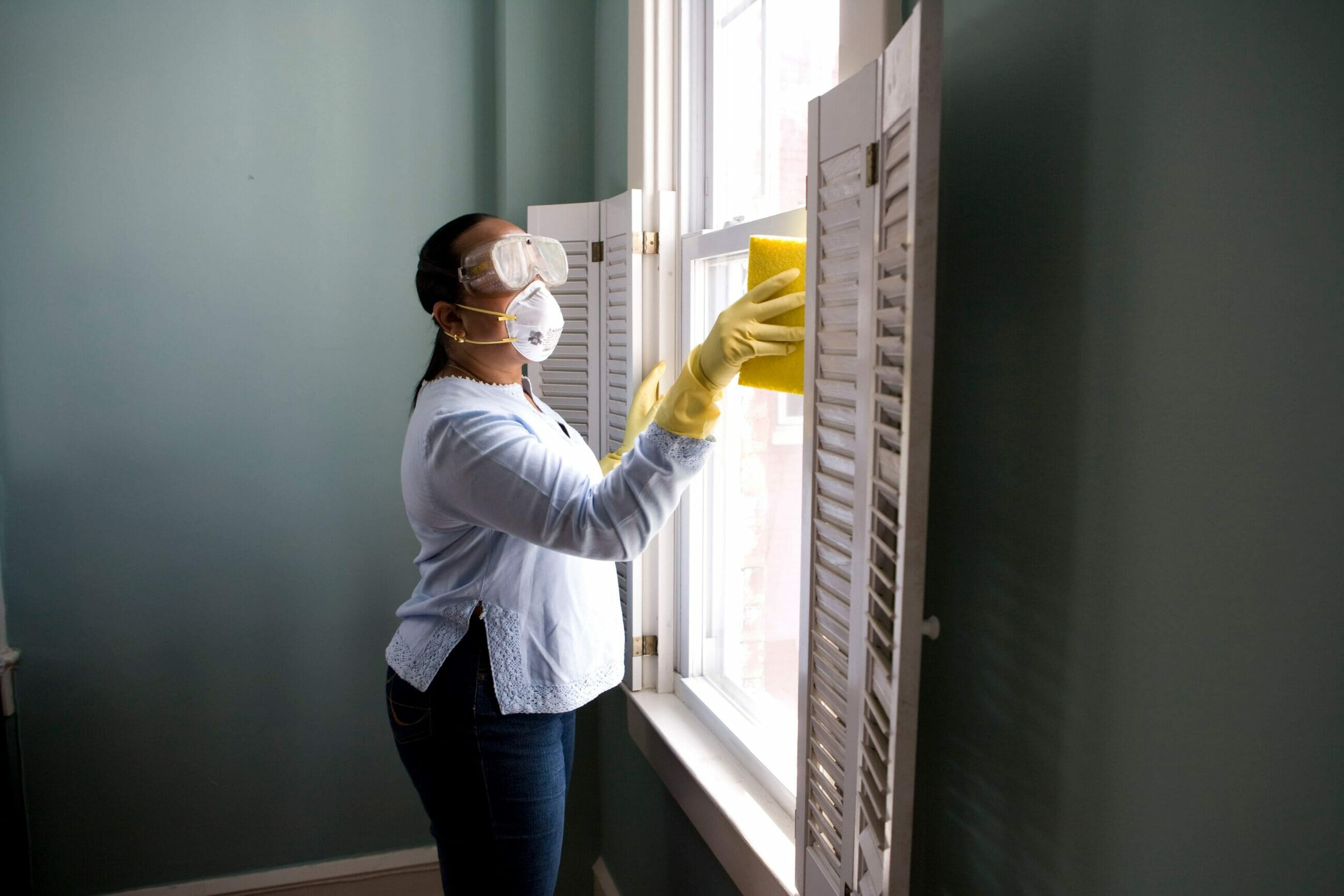Leveraging occupational hygiene best practices to reduce the risk of respiratory illness.
A look at the numbers tells the story. According to a 2021 report by the World Health Organization and the International Labour Organization, of the 1.9 million worker fatalities that occur annually across the world, close to 40 percent can be attributed to respiratory illnesses linked to occupational exposures. Asbestos, silica, emissions of particulates, gases, and fumes—together they kill more than twice the number of people who die each year from on-the-job injuries.
In a joint statement at the time of the report’s release, the WHO and ILO wrote that their findings should serve as a “wake-up call to countries and businesses to improve and protect the health and safety of workers”. Premature deaths due to occupational exposure “are preventable”, they noted. “Action needs to be taken”.
While it’s hard to know how much that message has resonated with individual countries, it is clear that in many jurisdictions, workforce protection from respiratory hazards is quickly becoming a top priority. In some cases, government regulators are introducing new enforcement initiatives, while in others, consumers and investors are demanding that companies provide ESG disclosures demonstrating their commitment to respiratory health.
The obvious question to emerge from these trends: What should organizations be doing to ensure their own occupational hygiene programs effectively identify respiratory threats and reduce the risk of illness among their employees? In this article, we’ll take a look at:
- Important components of an occupational hygiene program
- Some of the challenges companies tend to face when it comes to this work
- Why we believe the solution must include the adoption of digital technologies that streamline every aspect of the process
Key Steps in the Hygiene Management Process
First, let’s consider four important components of any effective occupational hygiene program: risk characterization and exposure assessment, the sampling of exposures among similar groups of workers, analysis of those collected samples, and follow-up and intervention.
Risk characterization and exposure assessment: Organizations need to know exactly what they’re dealing with before they can mitigate risk and make the appropriate changes. To identify substances and emissions of concern requires data collection, an understanding of established occupational exposure limits (OELs), and a thorough review of any administrative and engineering controls already in place.
Sampling: Once the exposure assessment is completed, companies need a strategy for sampling and monitoring exposures among similar groups of workers (similar exposure groups, or SEGs).
Analysis: With collected samples in hand, it’s time to compare them to the established OELs. The goal is to be able to prioritize resources for individuals most at risk—those with the highest exposure ratings.
Follow-up and intervention: The final and most important step in the process involves addressing any over-exposures, resolving existing issues with corrective actions, and implementing new measures to prevent similar problems from occurring in the future.
Challenges with Hygiene Management
While the hygiene management process seems simple enough, many organizations lack the human and technological resources they need to ensure that it’s running at full speed. Most simply don’t have it in their budgets to keep an occupational hygienist on staff, and even among those that do, the work can be far too demanding for any one person to handle on their own.
The result is that many organizations wind up cutting corners. Too often, for example, they’ll fail to implement a proactive management strategy focused on exposure prevention. Instead of evaluating new equipment and materials before they’re incorporated into existing workflows, they conduct their exposure assessments after the fact—when the dust and other hazards are already in the air.
Similarly, where employee turnover is high, many find it difficult to maintain an accurate list of SEGs. Meanwhile, for companies with sites in multiple jurisdictions, the challenge involves tracking OELs and staying on top of changing regulations.
Any organization can create a hygiene management program and do what it takes to make it operational. The real test entails running it efficiently and getting it to the point where it can really have an impact.
Building a Resilient and Adaptable Program
So what do companies that are successful in this regard do differently than those that are not? Many will tell you they use digital tools specifically designed to address hygiene management’s biggest challenges.
They’ll turn to a digital platform that ensures risk characterization and exposure assessment are included in the change management workflow, for example. Using technologies that employees can access with a phone or tablet right from the floor, they’ll automate everything from data collection to SEG management and OEL tracking.
In a typical scenario, an employee might submit a change request based on the need for a new piece of equipment. The request would send an alert to the occupational hygienist or program manager, who would then review it and immediately begin the risk characterization and exposure assessment process.
Once the new equipment was approved and installed, sampling and monitoring of exposures among various SEGs could again be facilitated via mobile device. The organization would use the tool to send collected data directly to the lab for analysis, and the lab would return the results the same way—electronically and automatically.
If the lab results indicated there was need for corrective action, the program manager would have everything they needed to know which employees were most at risk, which interventions should take priority, and who among the frontline staff was in the best position to address the problem.
When organizations rely only on manual approaches to occupational hygiene management, most find that it’s nearly impossible to stay ahead of the respiratory threats identified by the WHO and ILO. But those that adopt a flexible digital platform that enables decision-making in real time? For them, hygiene management is a different story with a different ending—and one that’s almost always better for employees.











